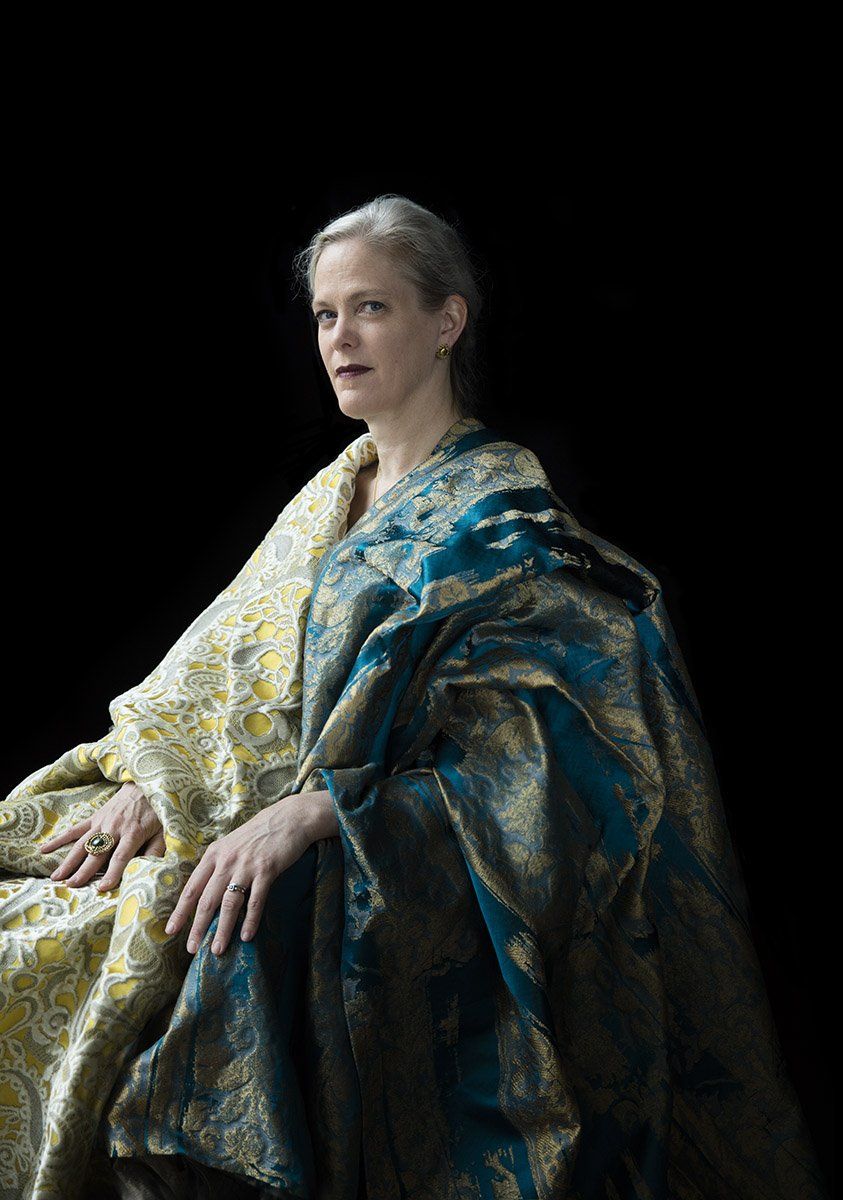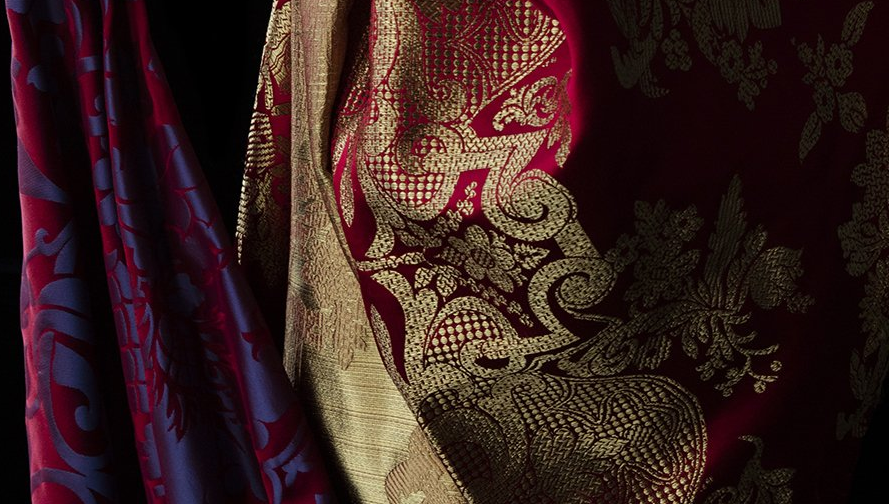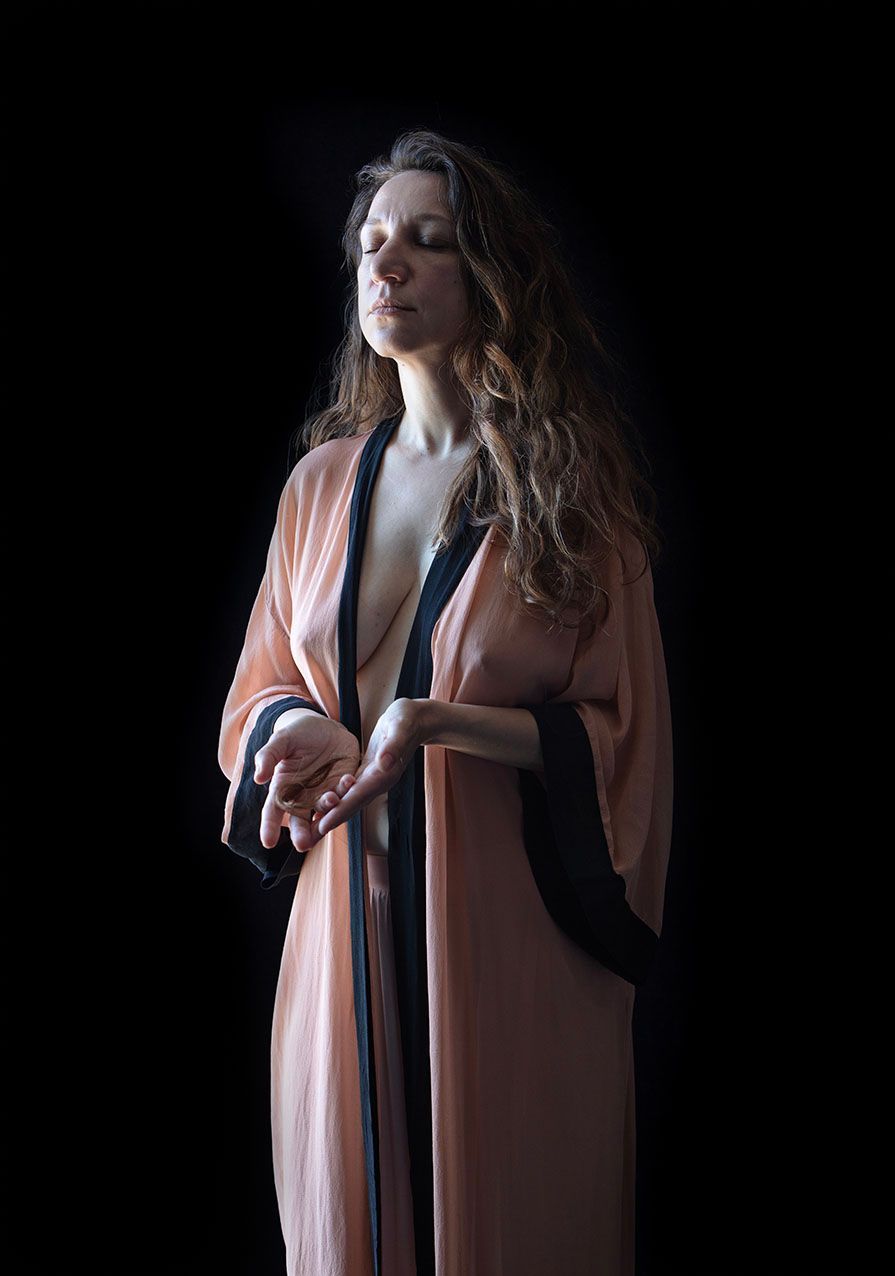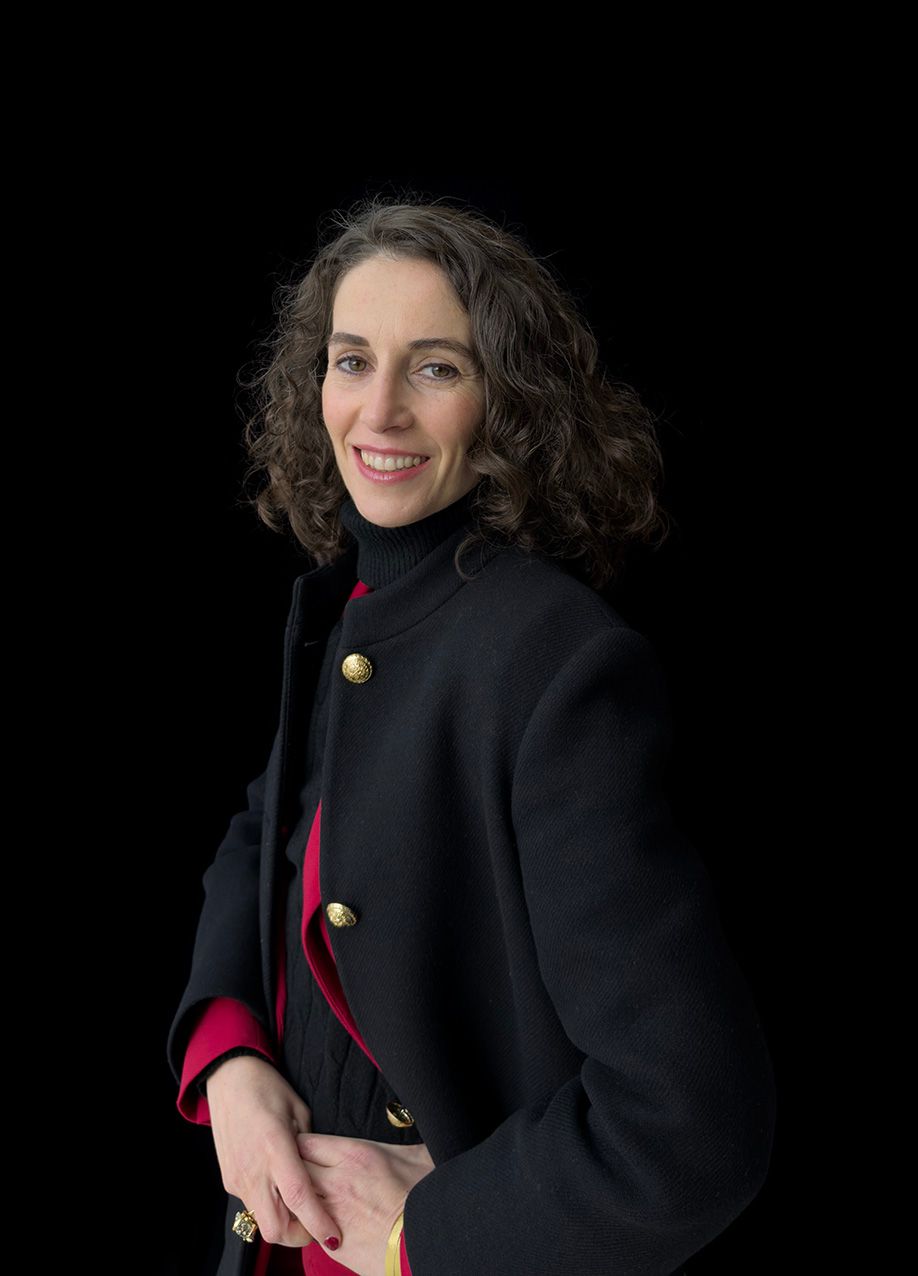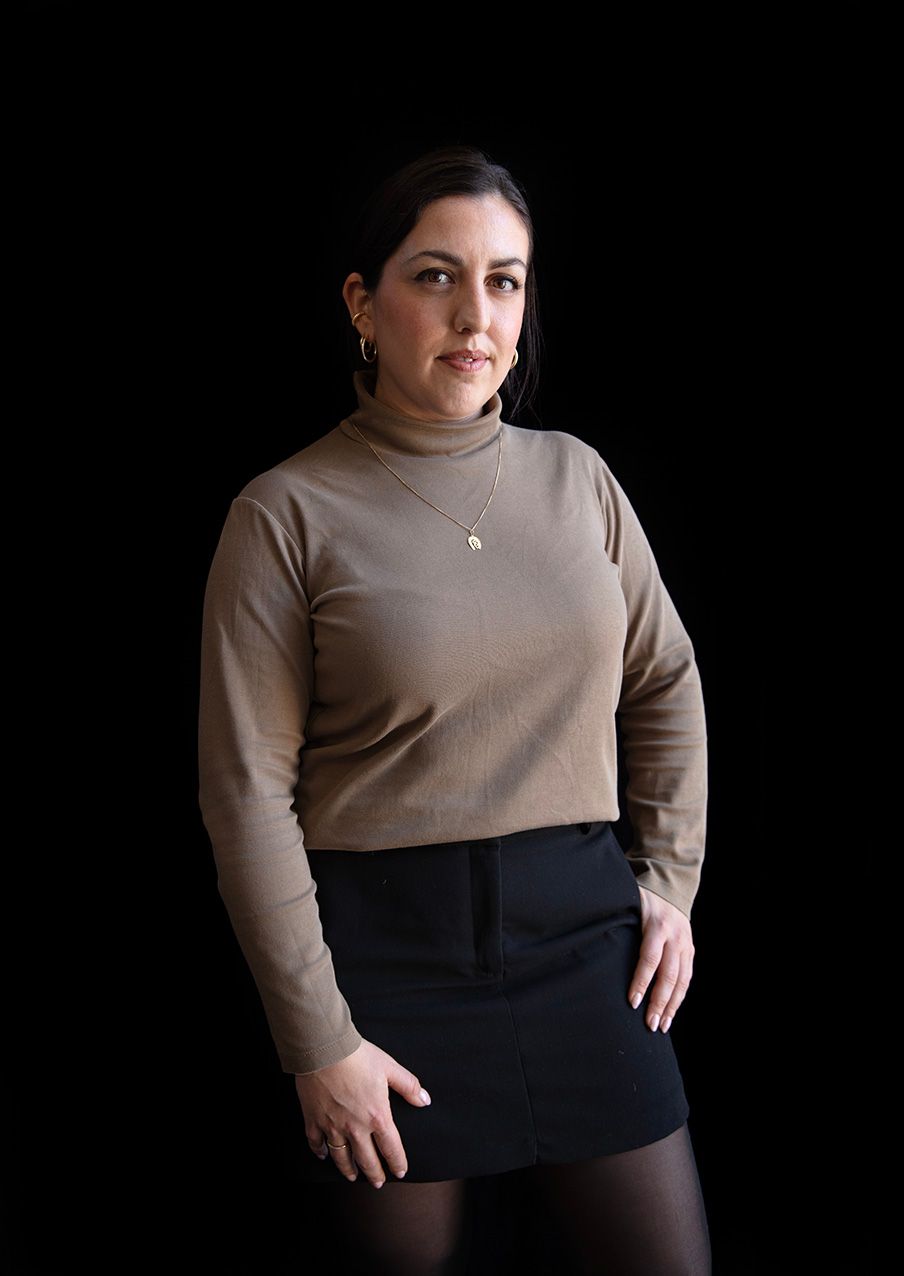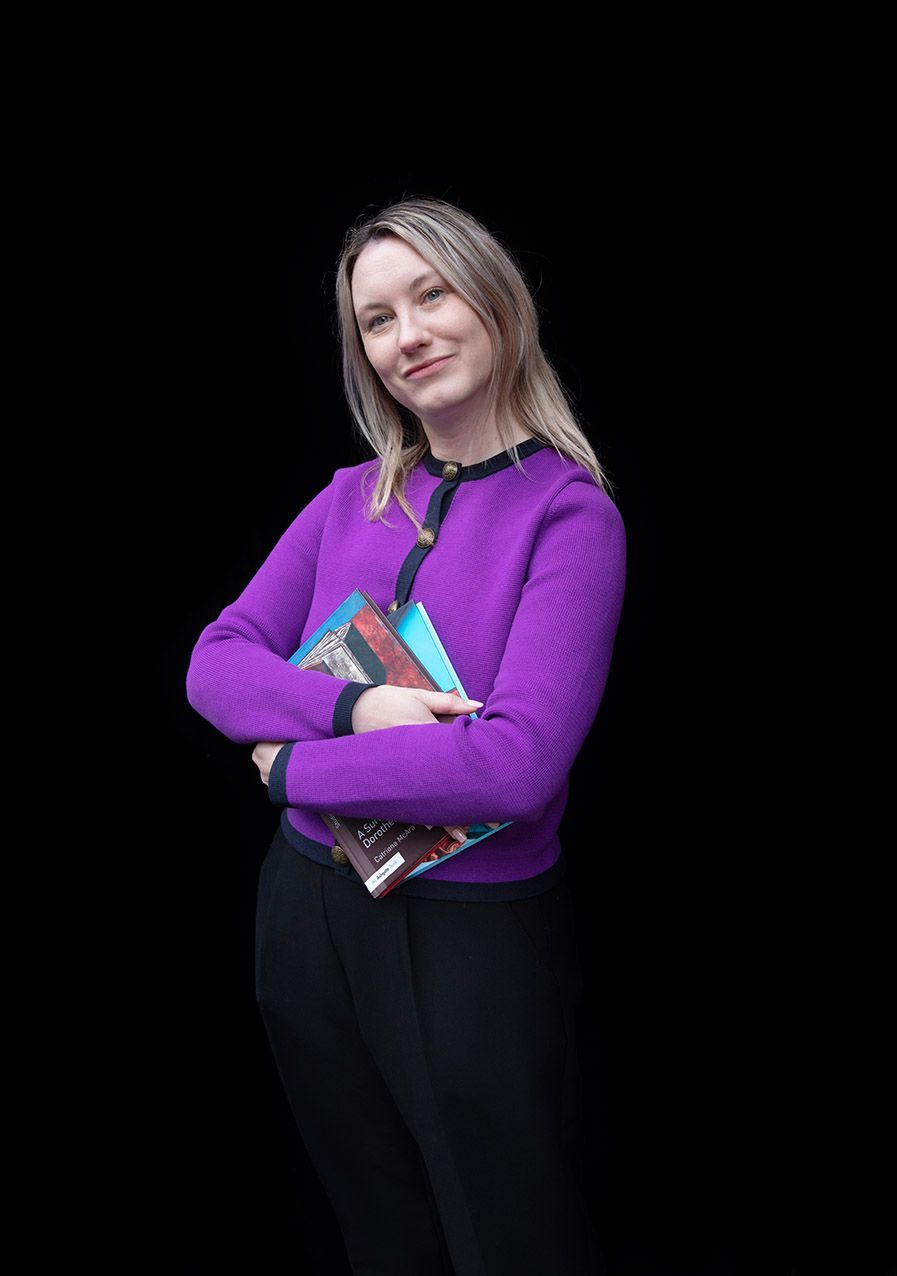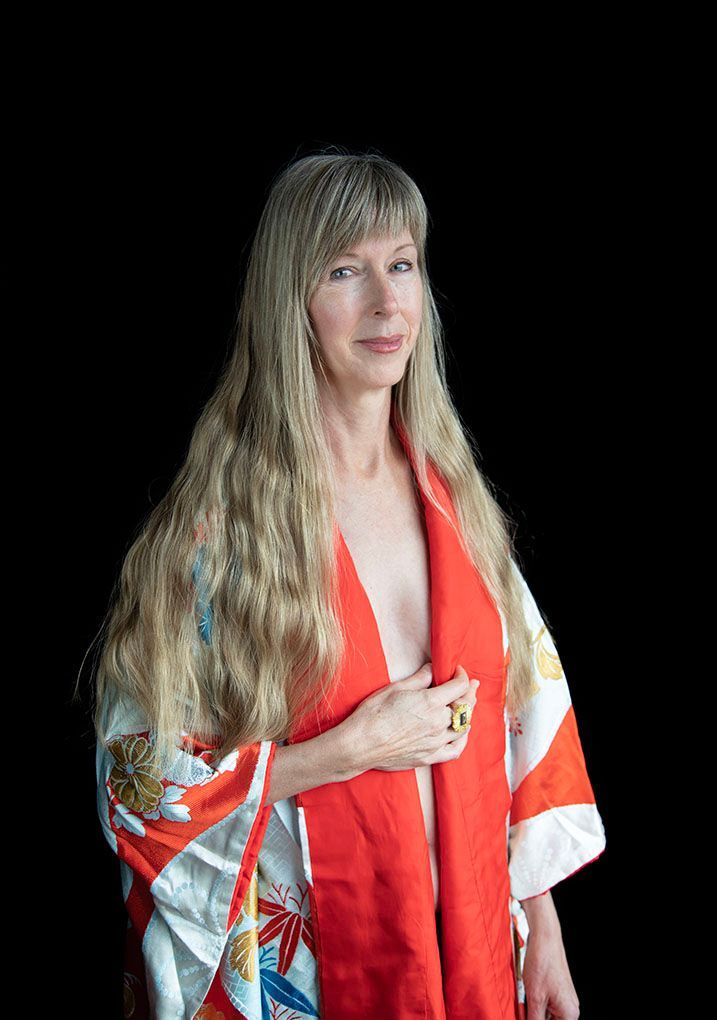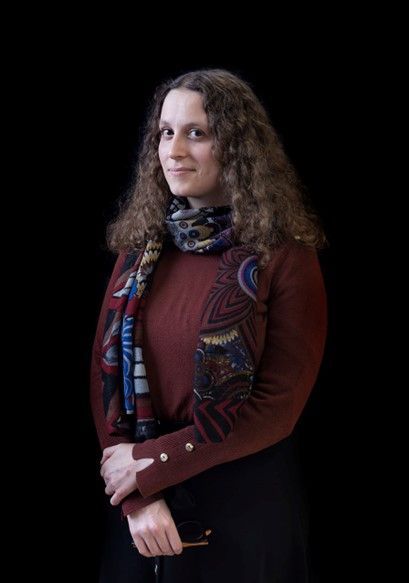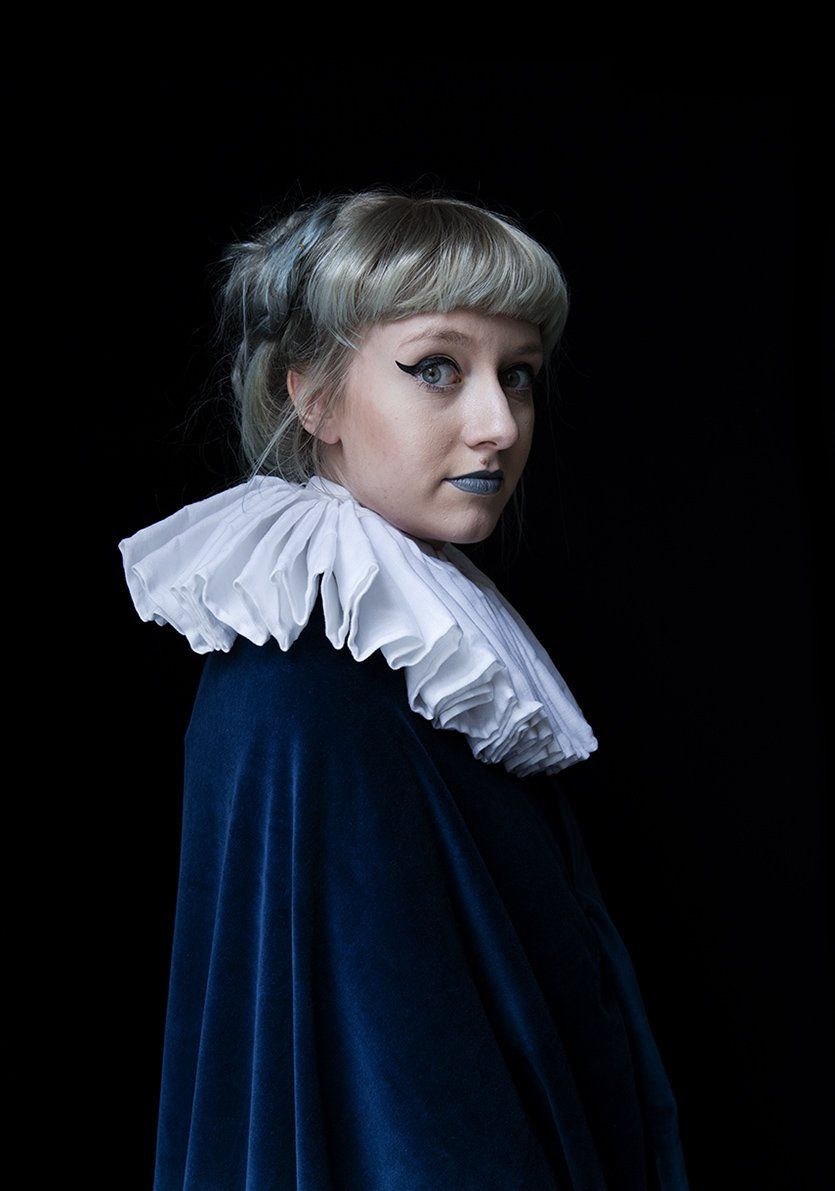Female Voices in Art: Gráinne Rice, Adult Programme Coordinator at National Galleries of Scotland
"we do need to do more work on genuinely diversifying artworld power structures – carefully considering race and class too - it makes for better exhibitions, better art and better more complex art histories."
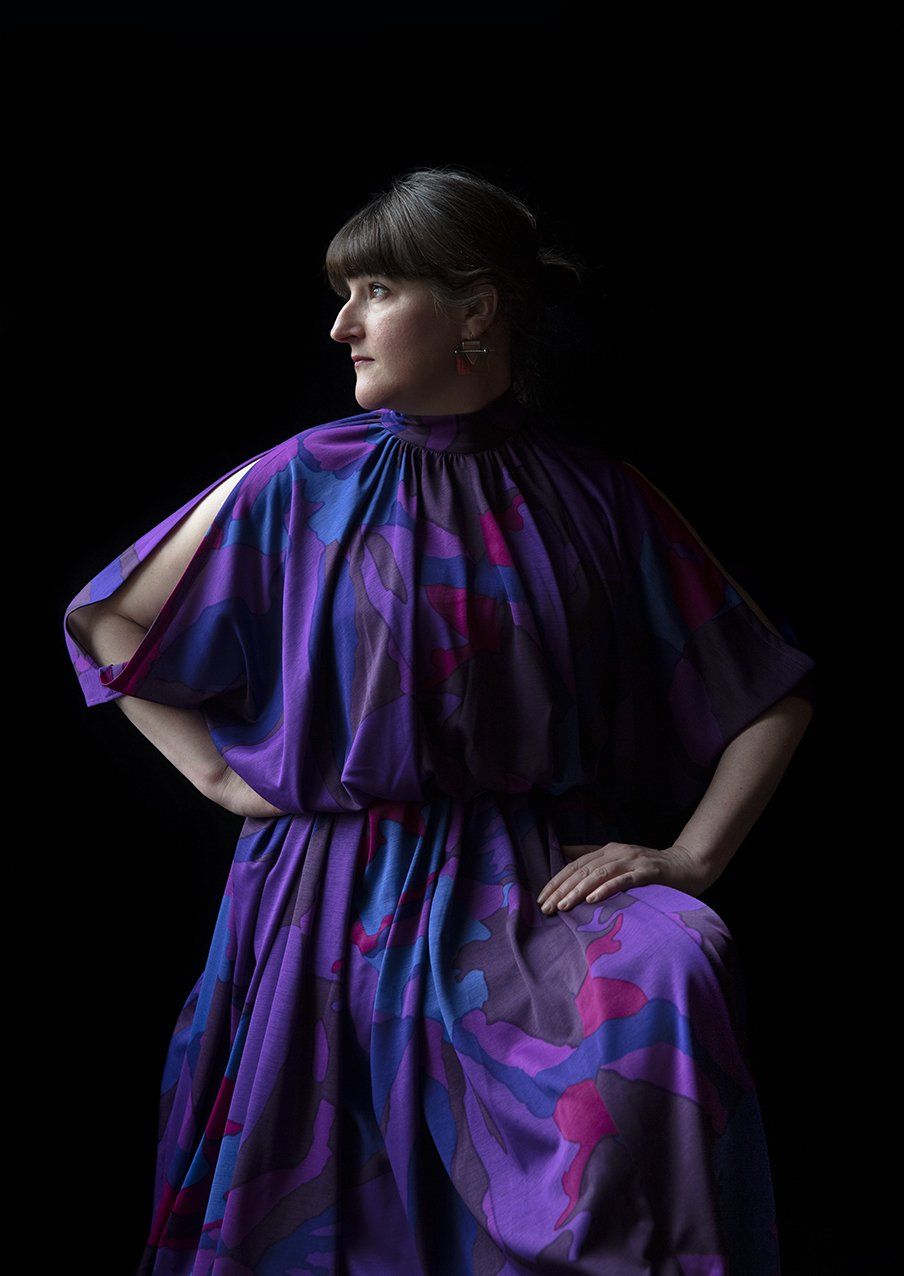
Gráinne Rice (b. 1975, London, UK) is Adult Programme Coordinator at National Galleries of Scotland. She joined NGS in 2014 after two years of art school teaching in Glasgow and Edinburgh. She previously worked in the Exhibitions Departments of Dovecot Tapestry Studios, Edinburgh, the Victoria and Albert Museum, London and Glasgow School of Art. She has an M.A. (Hons) in History of Art from University of Glasgow and an M.A. in Exhibition Interpretation from Edinburgh Napier University. She has a PhD from Edinburgh College of Art/ University of Edinburgh. She sits as a Board Director of Upland CIC and The Steven Campbell Trust.
Could you tell us something about your role in the art world?
I currently work in the Learning and Engagement Department at NGS looking after the adult programme which includes exhibition talks, tours, music concerts, performance in the galleries and special events. It is basically the strand of ‘live’ interpretation for exhibitions and collections for both expert and general adult audiences, producing some digital content too. Before coming to NGS I gained a lot of experience of researching, organizing and curating exhibitions. I have just finished my PhD at Edinburgh College of Art/ University of Edinburgh which is a critical biography (and catalogue raisonné ) of Scottish artist Steven Campbell (1953-2007).
What did you enjoy about being a part of this project?
It was amazing and quite unexpected to be asked. I very much enjoyed watching Carla work and the experience of having my portrait made. It was very interesting to meet the other women being photographed on the same day, gave a sense of the scope of the project. The first book and collection of images provide a very interesting map and reflection of formal and informal artworld connections and structures. Also, with its emphasis on artistic self-fashioning, it provides beautiful documentation of how women artists and curators choose to present themselves in a highly visual professional context
Do you have a favourite artist?
No – but top five would probably include: Steven Campbell, Leonora Carrington, Niki de saint Phalle, John Akomfrah, Stanley Spencer.
What is your earliest memory involving art?
Going to Tate with school as part of their outreach programme. I fell in love with the Pre-Raphaelites, Francis Bacon and Spencer.
Do you have any special thoughts about the position of women in the art world?
Just the observation that despite the overwhelming numbers of women students at art school and in art history departments, and the over-representation of women at the operational end of curating and exhibition-making, men are still usually in charge of running galleries, museums, universities and art schools. The picture is changing but we do need to do more work on genuinely diversifying artworld power structures – carefully considering race and class too - it makes for better exhibitions, better art and better more complex art histories.
What are you wearing, and is there a story behind it?
I am wearing one of my Bernat Klein gowns which are part of a larger collection. He was a fascinating man, a Serbo-Hungarian artist and designer who moved to Scotland in the post-war period. He created an amazing brand, owned several mills in the Borders producing innovatory tweeds and selling to couture houses in Paris, New York and London. He later went into printed textiles which were all based on his abstract paintings. He was a classic modernist at heart and commissioned architect Peter Womersley to design a stunning house and studio for him and his family in the Scottish Borders. I met him more than 15 years ago as part of a Scottish design research project I was working on and began collecting his garments then.
What impact has the current health crisis on your daily practice?
It has changed everything. At the beginning of the lockdown my organisation closed to the public and I had to cancel almost a years’ worth of work which was sort of heart-breaking. The artworld is so interconnected and so much activity is linked, so many people have entirely lost their livelihoods and none of us know what the future holds. I am lucky my organisation has some central funding and a public remit; smaller organisations, artists and freelancers are in a very difficult situation. The lasting impact COVID on culture and cultural production will be huge.
The hiatus has forced us and our audiences to engage with the digital possibilities in way we would never have done whilst the usual in-gallery activities were available, and this could be positive. Nothing will ever replace the shared experience of being in a room and learning together but there is something very powerful about being able to reach and respond to more people, across wider geographies. Museum closures have given us all pause to think about how we want to work going forward, and it will be different. Like many though I am finding it hard to focus, it is hard to ‘be productive’ in a crisis.
Is it changing your views on Art?
In a way, no - I have long known the potential for art and culture to bring people together and to challenge orthodoxies. As an art historian I have a deep understanding that art and culture has always reflected what is going on around artists at the time of production, whether explicit or implicit in the work. There is an extent to which the COVID situation has made more obvious some of the decadence of the contemporary artworld and revealed elements of cultural production and consumption that are not sustainable.
Are you creating new initiatives and ways of working?
Yes, having been quite resistant to working through the online platforms in the past I am now embracing the potential of digital communication tools. I have probably attended more talks and online activities in the last month than I had in the six months before lockdown which is good for informing my own practice. The first few zoom meetups with our regular gallery audiences were so moving, everyone so pleased to see one another and to be able to talk about something other than viruses and health. Really important! Access to broadband is now absolutely essential to daily life, it should be freely available to all, like water.
I have also had more time to start to develop future research projects which has been really positive. I think there will be a lot of great art historical research that comes from this period, the concern will be shrinking of available research funding and lack of access to archives and primary sources but it has bought me some more thinking time.
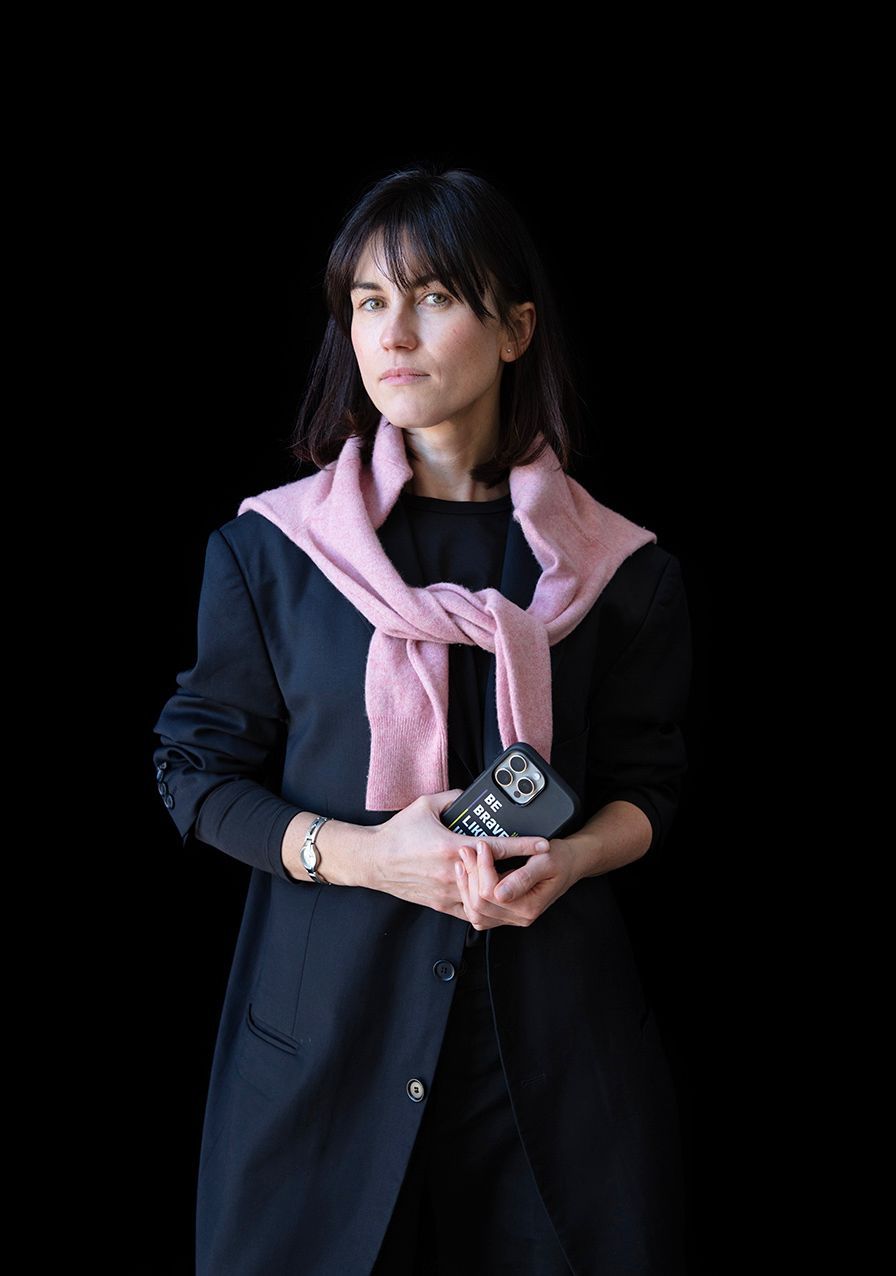
Female Voices in Art: Interview with Mariana Varchuk, Curator Khanenko National Museum of Arts, Kyiv
